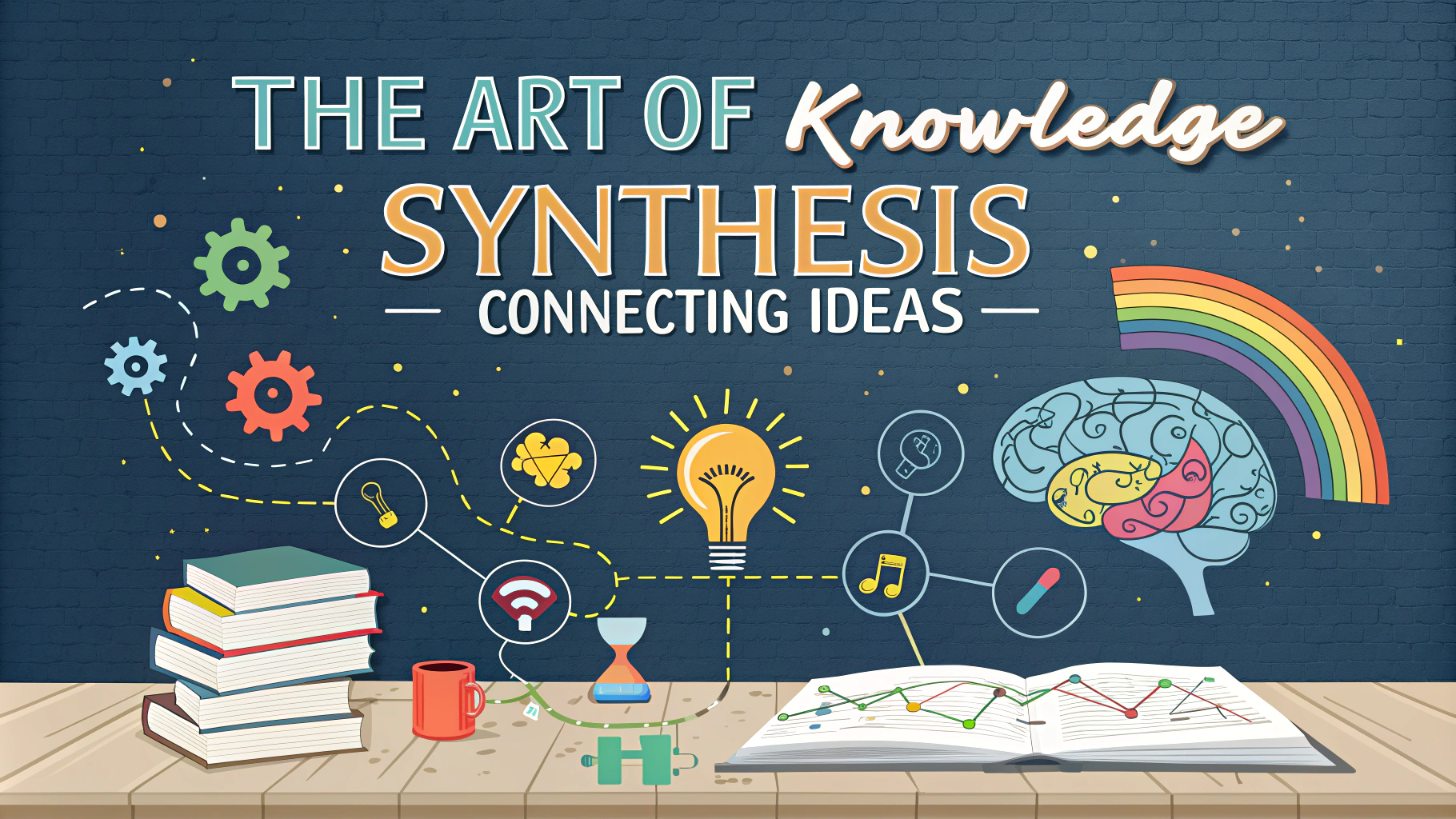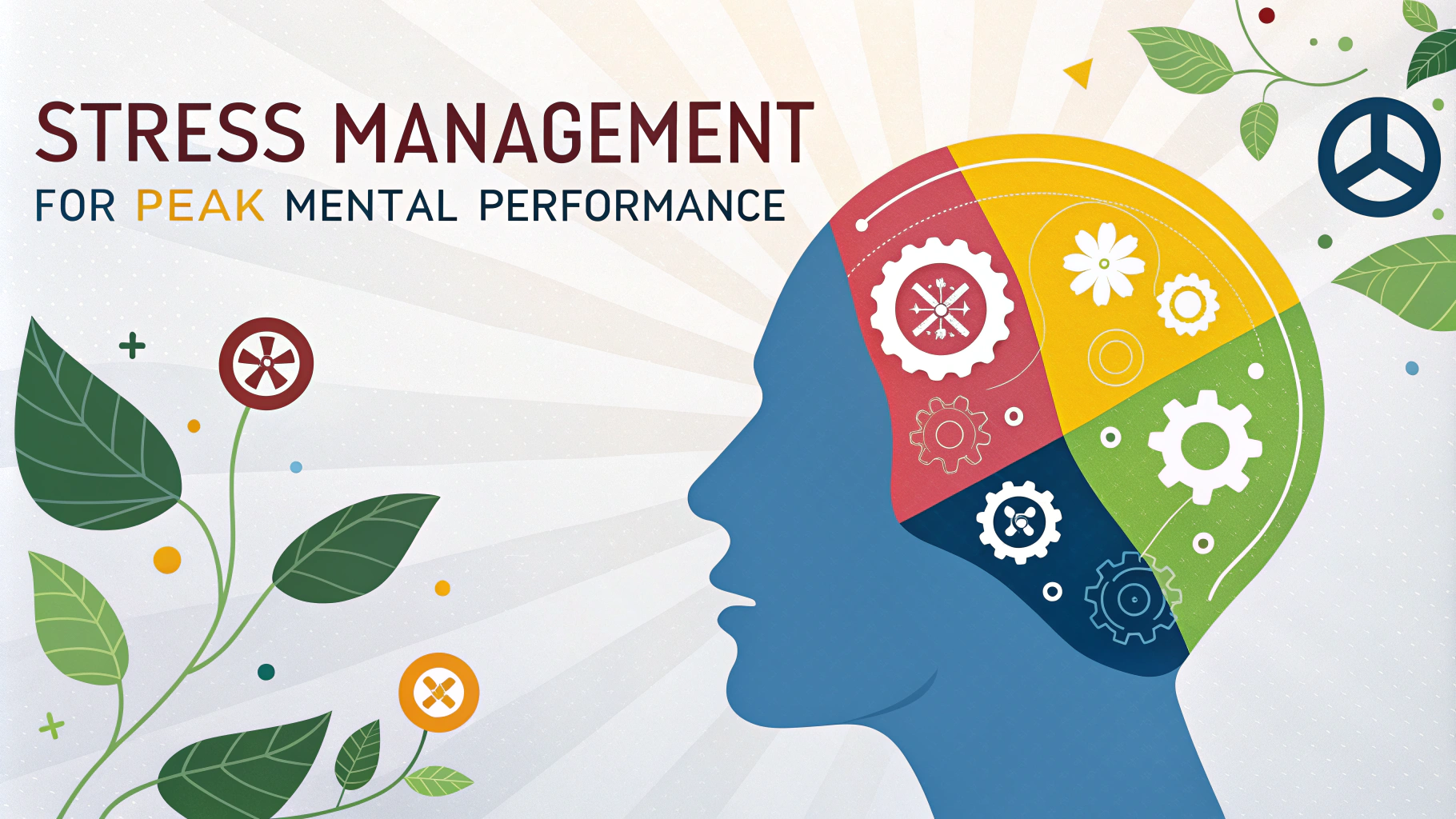A memory palace is a proven mental technique that turns your familiar spaces into powerful storage systems for information.
The technique works by associating pieces of information with specific locations in a place you know well, like your home or workplace.
Getting Started with Your Memory Palace
Select a familiar location you can mentally walk through with ease – your childhood home makes an excellent first choice.
- Draw a simple floor plan to map out your route
- Number 5-10 specific spots along your path
- Make sure each location is distinct and well-lit in your mind
- Practice walking through this route until it becomes automatic
Creating Strong Mental Associations
The more unusual, emotional, or memorable your mental images are, the better they’ll stick.
Quick Tips for Better Associations:
- Use all five senses in your visualization
- Make images larger than life
- Add movement to static concepts
- Connect items through stories
Sample Memory Palace Route
| Location | How to Use It |
|---|---|
| Front Door | Entry point for first item in sequence |
| Living Room Couch | Large furniture pieces make strong anchors |
| Kitchen Sink | Active areas work well for action-related memories |
| Bedroom Window | Natural light helps create clearer mental images |
Practice Exercise
Try memorizing this simple grocery list using your first memory palace:
- Milk (visualize it flooding through your front door)
- Bread (picture giant slices using your couch as a toaster)
- Eggs (imagine them bouncing in your kitchen sink)
- Apples (see them floating past your bedroom window)
Common Mistakes to Avoid
- Using locations that are too similar
- Creating overly complex routes
- Rushing through the visualization process
- Reusing locations before clearing old associations
Regular practice with your memory palace will improve both your visualization skills and memory capacity.
For additional resources and training, contact the World Memory Championships organization.
Start with small, manageable amounts of information before attempting to memorize larger datasets.
Advanced Memory Palace Techniques
Once comfortable with a single memory palace, expand your system by creating multiple routes and locations for different types of information.
Multiple Palace Strategy
- Use different buildings for different subjects
- Create specialized routes for temporary vs. permanent storage
- Develop a cataloging system to track palace contents
Maintaining Your Memory Palaces
Regular maintenance ensures your memory palaces remain effective tools for information storage.
Maintenance Tips:
- Review stored information periodically
- Clear unused associations deliberately
- Update routes as needed
- Strengthen weak visualization points
Digital vs. Physical Memory Palaces
| Digital Spaces | Physical Spaces |
|---|---|
| Video game environments | Real-world buildings |
| Virtual reality tours | Familiar neighborhoods |
| 3D models | Natural landmarks |
Conclusion
Memory palaces offer a powerful way to enhance your memory capabilities through systematic visualization and association. With consistent practice and proper maintenance, this technique can dramatically improve your ability to retain and recall information.
Remember: The key to success lies in regular practice and gradual expansion of your memory palace system.
FAQs
- What exactly is a Memory Palace and why is it so effective?
A Memory Palace, also known as the Method of Loci, is a spatial memorization technique where you associate information with specific locations in a familiar place. It’s highly effective because humans have evolved with superior spatial memory, and combining visual imagery with locations creates multiple neural pathways for recall. - How long does it take to build your first Memory Palace?
Creating your first basic Memory Palace can take 30-60 minutes. However, becoming proficient at using it effectively typically requires 2-3 weeks of regular practice. - What are the best locations to use for a beginner’s Memory Palace?
Your childhood home, current residence, or workplace are ideal starting locations because you’re already intimately familiar with their layouts. This familiarity allows you to focus on placing information rather than remembering the location itself. - How many locations should my first Memory Palace contain?
Start with 5-10 distinct locations within your chosen space. This is enough to practice the technique without becoming overwhelmed, and you can expand as you become more comfortable. - Can I use the same Memory Palace for different sets of information?
Yes, but it’s recommended to clear or “reset” your Memory Palace before using it for new information to prevent confusion and interference with previously stored memories. - What’s the difference between a Memory Palace and a Mind Map?
A Memory Palace uses spatial locations to store information, while a Mind Map organizes information in a branching, hierarchical structure on paper or digitally. Memory Palaces are specifically designed for memorization, while Mind Maps are better for organizing and understanding relationships between concepts. - How do I prevent locations in my Memory Palace from blending together?
Make each location distinct by creating clear boundaries, using different lighting, colors, or emotions for each spot, and maintaining a consistent path through your palace. Always move in the same direction when reviewing information. - What types of information can be stored in a Memory Palace?
Any information can be stored, including numbers, lists, speeches, vocabularies, scientific concepts, and historical dates. The key is converting the information into memorable, vivid images. - Should I use real or imaginary locations for my Memory Palace?
For beginners, real locations are strongly recommended because they’re already concrete in your mind. Imaginary locations can be used once you’re proficient with the technique, but they require additional mental energy to maintain. - How often should I review information stored in my Memory Palace?
Follow a spaced repetition schedule: review after 24 hours, then 3 days, 1 week, 2 weeks, and 1 month. After that, the memories become largely permanent if they’ve been properly encoded.








